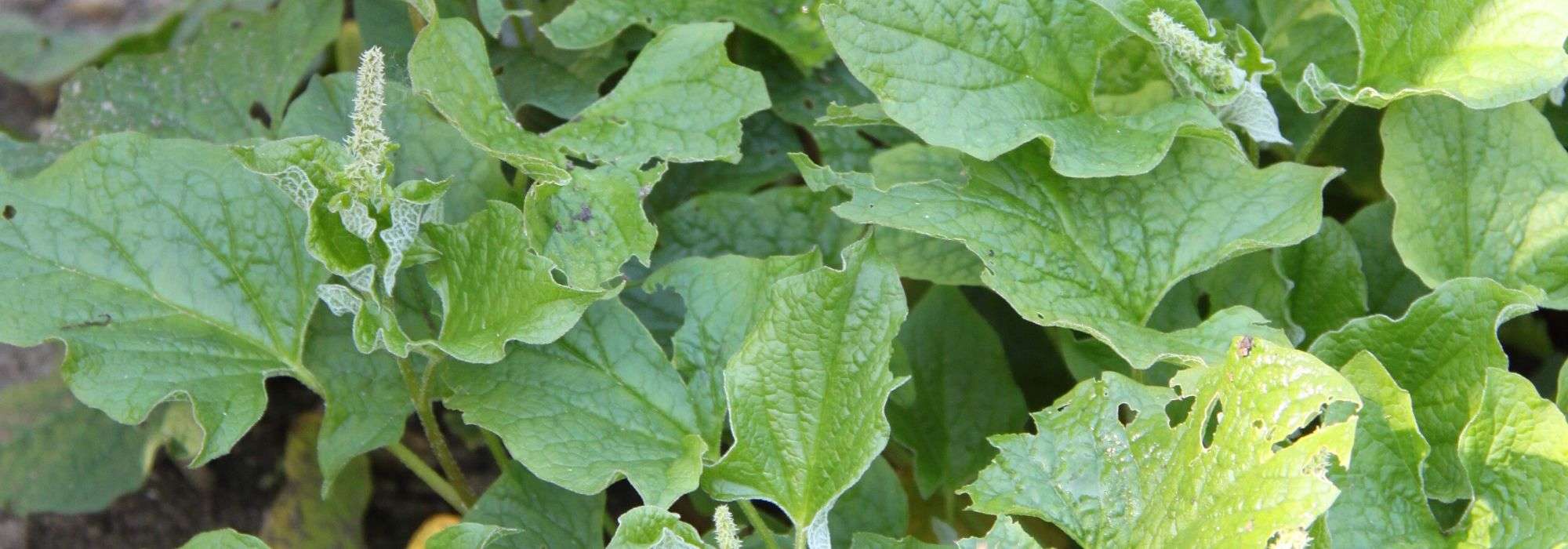
Chenopodium: planting, sowing, harvest
Contents
Chenopodium in a nutshell
- Chenopodium is a very old leaf vegetable commonly cultivated in the Middle Ages
- In the kitchen, its leaves are cooked like spinach
- The harvest takes place from spring to autumn
- It can be planted or sown in spring or autumn, in any good garden soil
- Whether perennial or annual, it is not demanding and will provide, from April, leaves with a fine flavour
The word from our expert
The goosefoot is a leaf vegetable, closely related to spinach, which was once commonly consumed in our countryside. This forgotten plant deserves to be reintroduced into our vegetable gardens due to its ease of cultivation. The leaves of the goosefoot, (rich in protein, vitamins A and C) when cooked like spinach, reveal a delicate flavour.
Alongside the white goosefoot or wild spinach, an annual pest considered an adventive that is not always easy to eradicate, there exists a low-maintenance perennial species, the Good King Henry which thrives in fresh, humus-rich or previously manured soil and prefers partial shade.
Use it for its culinary properties in the vegetable garden or for its ornamental qualities in natural and wild flowerbeds.
When and how to harvest goosefoot, how to sow or plant it? Discover our tips as well as the secrets of its cultivation!
Botany
“`html
Botanical data
- Latin name Chenopodium
- Family Amaranthaceae
- Common name Goosefoot, Anserine, Wild spinach, Good Henry's herb
- Flowering June to September
- Height 0.45 to 2 m
- Exposure Partial shade
- Soil type rich and light, cool soil
- Hardiness -15 to -20°C
The Chenopodium, Goosefoot or Anserine is a perennial or annual herbaceous plant from the Amaranthaceae family, native to Europe, the Middle East, and North Africa, and naturalised in many countries where it grows abundantly in cultivated areas, fallow land, or along roadsides. Among the many species of goosefoot, the following are mainly distinguished:
- White Goosefoot (Chenopodium album), which is an invasive annual species, considered a weed, a true scourge in the garden, as it colonises fertilised crops and frequently worked soils in our vegetable gardens, for example, or on manure or compost heaps.
- the Good King Henry (Chenopodium bonus-henricus) or poor man’s spinach, which grows everywhere in France, and was already harvested and consumed in medieval times as a medicinal plant or in soup.
- the Giant Goosefoot (Chenopodium giganteum) or amaranth-coloured goosefoot, a magnificent annual species that is very ornamental and can grow to over 2 m in height within a few weeks.
Depending on the species and growing conditions, the Goosefoot reaches maturity at heights ranging from 20 cm to over 2 m. From a thick, running root, it forms a tuft with upright stems and a bushy habit. The plant has a natural tendency to spread; it is an invasive plant capable of producing up to 100,000 seeds per plant and reseeding itself abundantly.
Goosefoot, sometimes called wild spinach, is cultivated for its leaves, which are enjoyed like spinach.
Along vigorous, striated stems, the foliage unfolds. The numerous leaves are petiolate, alternate, with entire laminae, narrowed at the base, diamond-shaped or goosefoot-shaped, dentate and crenate. Light green to dark green, they exhibit a slightly powdery white texture on the underside in the case of White Goosefoot. The giant goosefoot offers young shoots in magenta pink.
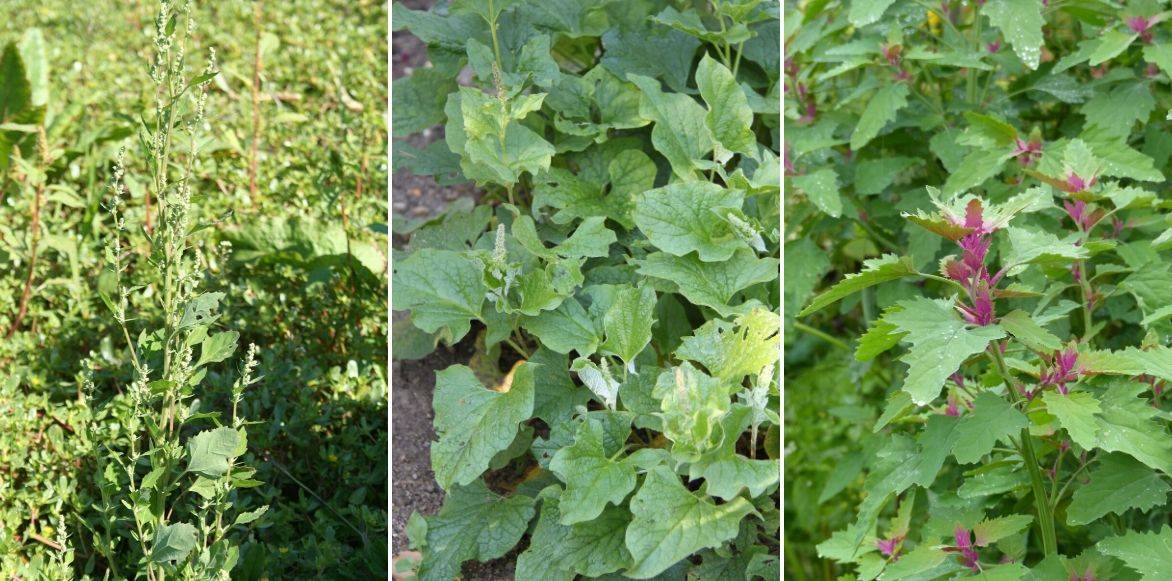
The main Goosefoots: White Goosefoot, Good King Henry and Giant Goosefoot
From June to October, flowering occurs in the form of small green flowers sometimes tinged with red, gathered in pointed, compact clusters. The flowers transform into small fruits, black achenes containing numerous seeds that reseed abundantly in gardens, especially White Goosefoot.
Its name “Good King Henry” may refer to Henry III of Navarre, future King of France Henry IV, who particularly appreciated this vegetable, or to the pagan fairy of Central Europe “Guter Heinrich”.
Main species and varieties
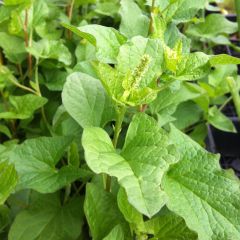
Organic Good-King-Henry - Chenopodium bonus-henricus
- Flowering time July to October
- Height at maturity 50 cm
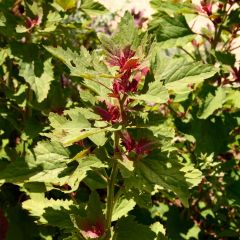
Organic Tree Spinach - Ferme de Sainte Marthe seeds - Chenopodium giganteum
- Flowering time August, September
- Height at maturity 1,50 m
Discover other Goosefoot
View all →Available in 1 sizes
Available in 1 sizes
Available in 1 sizes
Available in 1 sizes
Planting and sowing of the quinoa plant
Where to plant or sow it?
Good King Henry is a very hardy perennial plant that remains in place for several years, around 4 to 5 years, unlike the white and giant goosefoots which are annuals. It particularly enjoys nitrogen-rich soils and thrives in deep, loose, humus-bearing, and moist soils. It prefers a somewhat shaded position, although it tolerates sunny situations well.
A good humus-bearing and consistently moist soil will make it happy: the goosefoot is sensitive to drought.
Provide it with a location where it can flourish comfortably, as it tends to encroach on its neighbours.
With its bushy habit, Good King Henry naturally finds its place in the organic vegetable garden but also stands out in natural or wild gardens.
Good King Henry grows in soils rich in magnesium and nitrogen: it is an excellent bio-indicator of these elements. Remaining in place for several years, it is an ideal plant for permaculture.
When to sow and plant goosefoots?
Goosefoot is planted in spring, in April-May or September-October, outside of frost and extreme heat periods. Sowing is done from March to April for a harvest starting from mid-May; a sowing can also be done in October for a harvest starting in April.
How to plant and sow goosefoots?
In open ground
- Loosen the soil deeply
- Dig a hole 2 to 3 times the volume of the pot
- Space the plants 40 to 50 cm apart in all directions
- Place the root ball, add a handful of compost, and cover with soil
- Firm down, water, and mulch to keep the soil moist
Sowing
Sowing is done in situ (germination at 20°C) after the last frosts, in soil enriched with compost.
- Sow the goosefoot seeds sparsely in shallow furrows (2 cm) spaced about 50 cm apart
- Cover with a thin layer of potting soil
- Firm down with the back of a rake
- Water with a fine rose watering can and keep the soil moist until germination
- Thin out every 40 cm
- Water regularly to aid establishment
Learn more in our tutorial: How to sow Good King Henry?
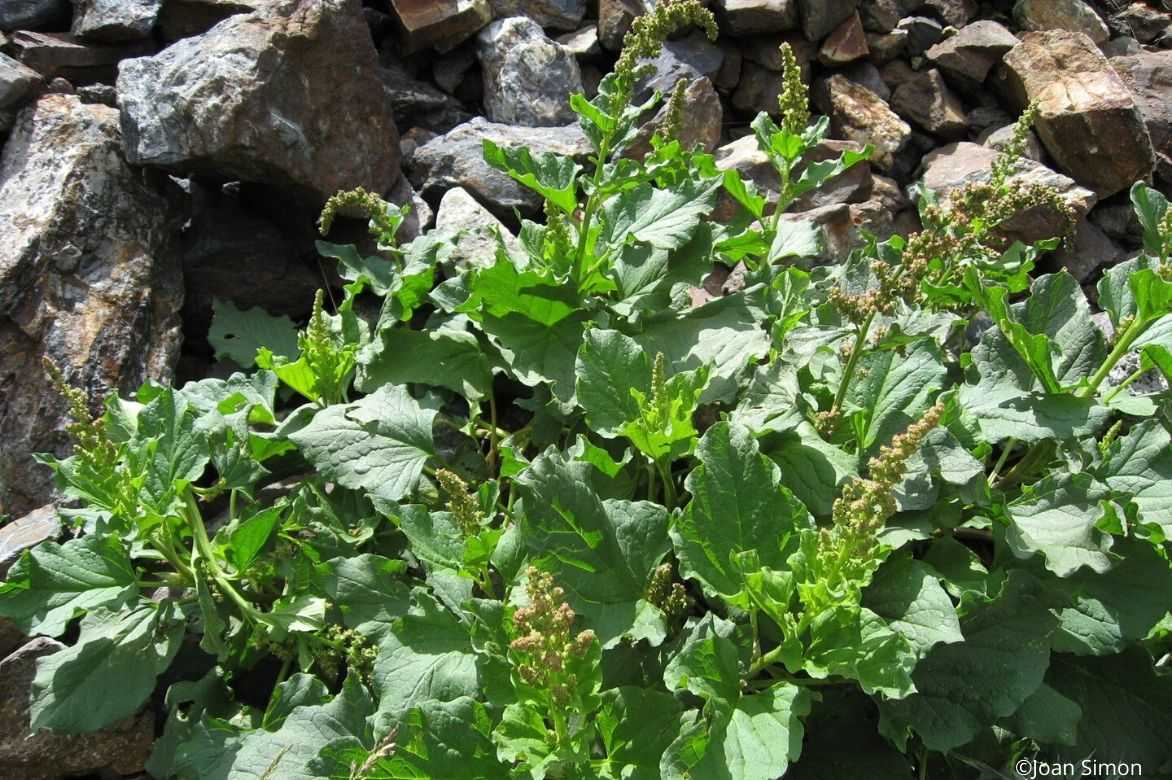 A soil rich in humus that does not dry out in summer will make Good King Henry thrive.
A soil rich in humus that does not dry out in summer will make Good King Henry thrive.
Read also
Tetragon: sowing, cultivation, harvestMaintenance and care
Hardy, the goosefoot requires almost no care once well established.
Water generously throughout the summer, especially during prolonged dry spells to keep the soil moist. Its only weakness is its tendency to bolt quickly to seed during dry periods. Mulch in spring with compost or a layer of leaf litter to maintain sufficient coolness at the base and reduce watering.
At the start of the growing season, protect its young leaves from the appetite of gastropods by discovering our 7 ways to fight slugs effectively and naturally.
Add compost in autumn or late winter by scratching in 5 cm after properly loosening the soil.
Cut the flower spikes to encourage leaf production.
Identify spontaneous seedlings and remove them to prevent them from becoming too invasive.
When and how to harvest lamb's quarters?
Harvest: harvesting takes place from June to October as needed.
Storage: leaves should be consumed on the same day they are picked, as they do not keep well. They can be frozen after being blanched for 3 minutes in salted boiling water.
Consumption: the foliage of the goosefoot is rich in vitamins A and C, as well as minerals and has vermifuge properties. Young shoots can be eaten raw in salads, but as the seasons progress, they become tougher and are better cooked like spinach. The stem of the flower spike and young stems can also be prepared like asparagus.
Multiplication
The goosefoot multiplies spontaneously by sowing. It is very easy to propagate from its seeds harvested in autumn from the garden if you already have a plant. Dividing the clumps in spring or autumn is also straightforward and helps to sustain your plants.
How to divide a clump of goosefoot
- Start by extracting the clump using a forked spade
- With a spade, take sections with shoots
- Replant immediately in the garden in well-tilled soil, spacing them 40 to 50 cm apart
- Water and mulch
Associating
With its simple bushy appearance, chenopod finds its place in all natural and wild gardens, in country borders, although its nature is more suited to the vegetable garden.
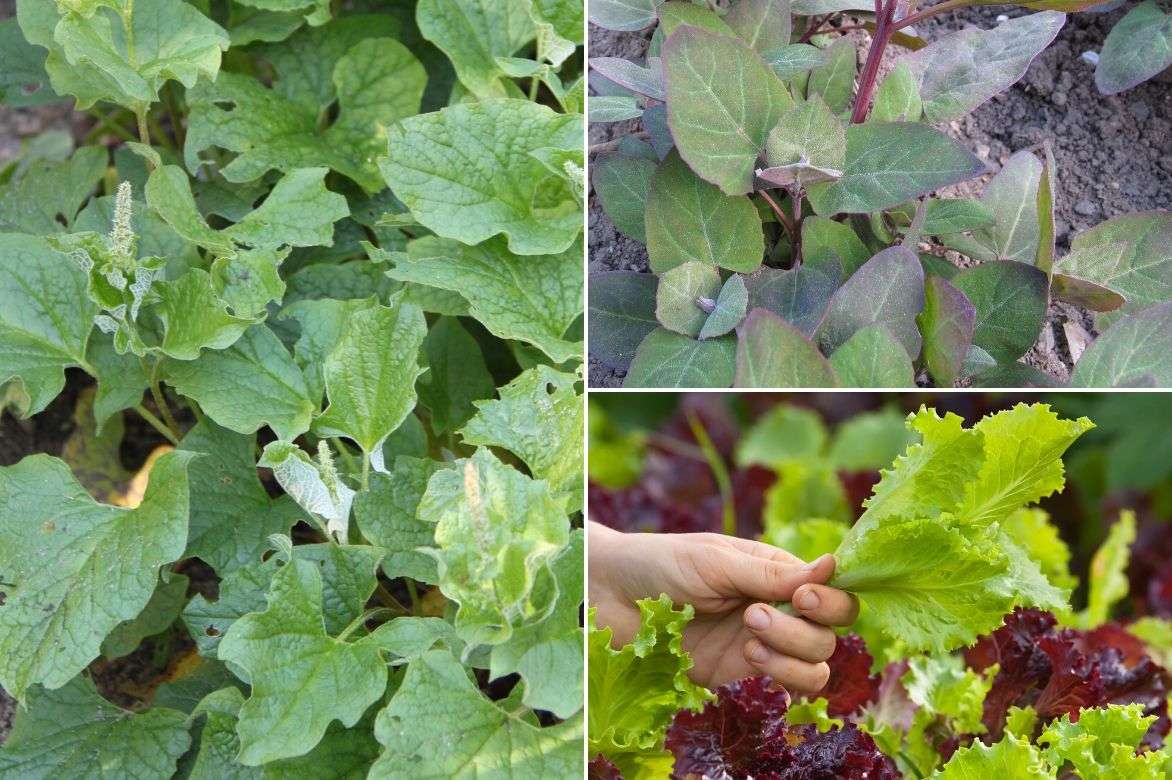
An example of association for delicious remineralising salads: Good King Henry, orache, and salad green (lettuce, batavia…)
It pairs well with radishes, lettuces, and other vegetable plants such as orache or even Houttuynia cordata, also known as Wood Coriander or Chinese Pepper, a perennial condiment plant with very aromatic foliage.
To accompany it, also discover our range of old and forgotten vegetables: they are making a strong comeback on our plates!
Useful resources
- Our selection of 15 medicinal plants with numerous benefits… to grow in your garden!
- Do you want to get rid of it? Read How to recognise Chenopodium and get rid of it in the garden?
- Subscribe!
- Contents
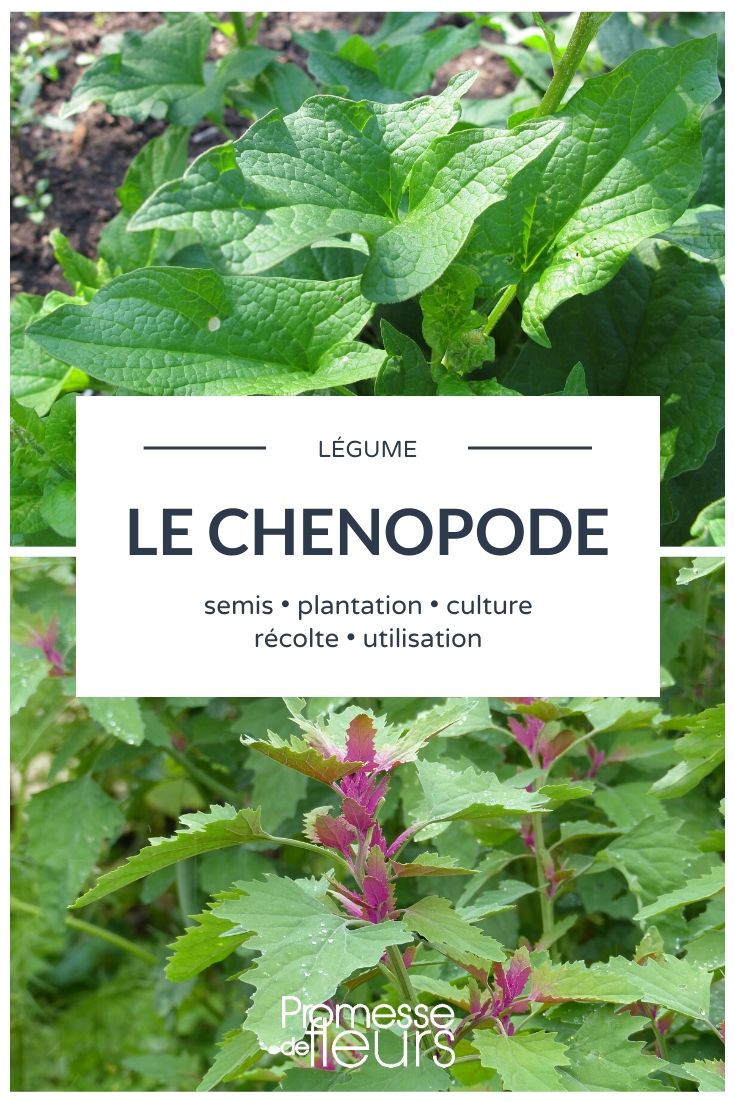































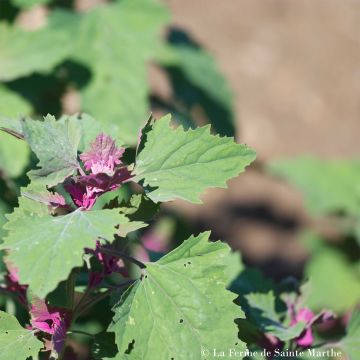


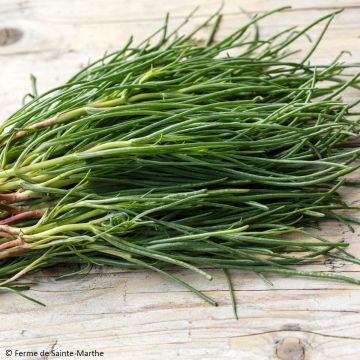
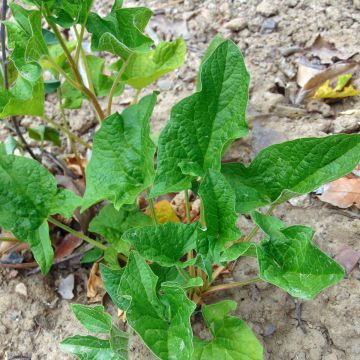
Comments